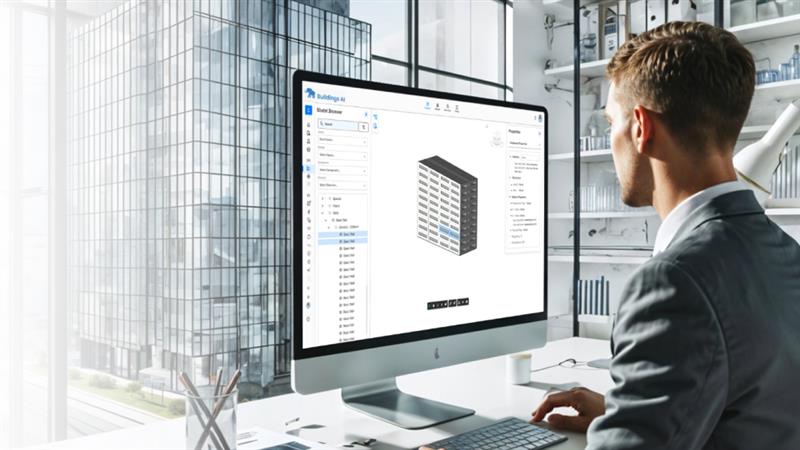All posts for
Autonomous hvac cfd

Thursday, October 16, 2025
By Aaditya Ruikar
Agentic AI and digital twins are revolutionizing smart buildings and HVAC systems by enabling predictive control, autonomous energy optimization, and data-driven operational intelligence. This piece highlights how AI-powered HVAC, simulation-driven digital twins, and adaptive building analytics will enhance efficiency, thermal comfort, and net-zero performance—shaping the future of intelligent, sustainable building design.

Tuesday, January 30, 2024
By Aaditya Ruiker
Transform large-scale HVAC design with simulationHub's innovative 'Engineering Simulation' approach, offering unparalleled comfort analysis and cost-effective solutions. Seamlessly integrated with Revit, this tool accelerates design processes. Act now and enjoy our limited-time offer: Receive a free Engineering simulation and ASHRAE 55 compliance report for your large infrastructure designs.

Thursday, October 19, 2023
By Karan Beeshm
This blog explores the precision of Autonomous HVAC Computational Fluid Dynamics (CFD) through three detailed case studies. It showcases how this automated approach can accurately predict indoor environmental flow physics, providing valuable insights for optimizing indoor air quality and design. The studies include in-depth discussions on geometry and meshing, boundary conditions, numerical setup, and detailed analysis of results, highlighting the app's reliability in indoor environment simulations.

Thursday, September 14, 2023
By Manish Kamath
Read this blog regarding Green Building Week to gain insights into the profound influence of HVAC design on sustainable construction practices. Uncover the innovative Autonomous HVAC CFD tool, and take advantage of our exclusive offer—a complimentary 10,000 sq. ft HVAC simulation, tailor-made for this special occasion. Embark on a journey into the realm of sustainable architecture with us, where professionalism and environmental consciousness converge.

Tuesday, August 29, 2023
By Yash Agrawal
Get to know the ins and outs of importing a Revit design into Autonomous HVAC CFD. Be it basic designs or complex ones, you can import any if you follow the guidelines to the letter. Learn how to eliminate the need for designing an airside distribution system in our app entirely and how to have multiple systems imported at the same time.

Tuesday, August 29, 2023
By Aaditya Ruikar
Today announced the release of Autonomous HVAC CFD 2024, supercharged with fusion of AI and CFD to drastically improve the HVAC design professional productivity. The new version reimagines the indoor environment design journey, providing engineers with advanced tools to streamline building physics workflows, increase accuracy, and enable the creation of mechanical design outcomes that meet ASHRAE and building code standards while ensuring optimal comfort and IAQ.
Recent posts


